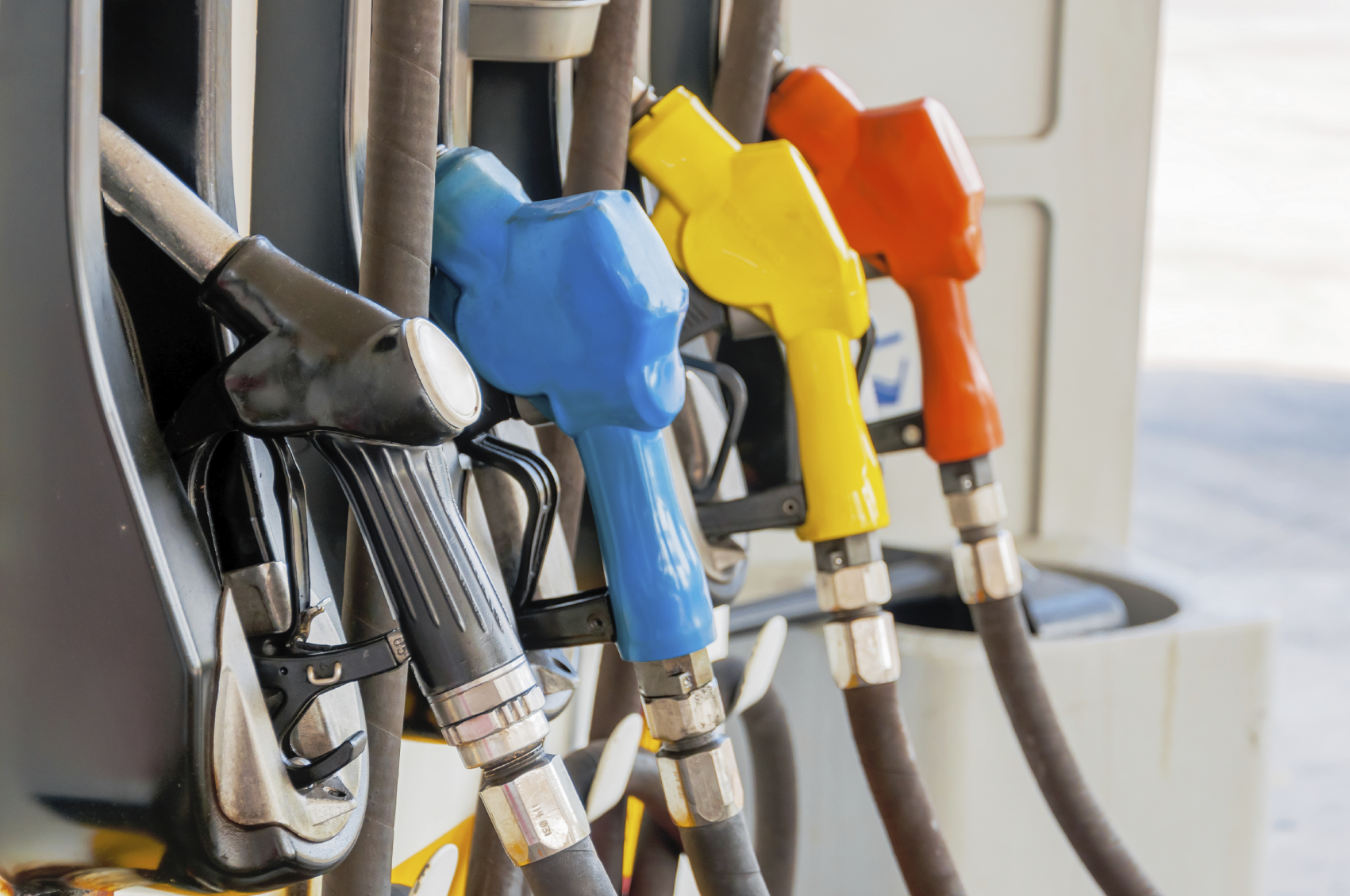
On-Demand Tankless Water Heating Savings- It’s All About the Standby Losses
Your car won’t get any worse mileage than when it is sitting on the driveway warming up. However, most of the time the car engine is running, you are getting somewhere with the gasoline you purchased. The idling time has little affect on the overall mileage. Not so with a water heater. Conventional storage type water heaters are idling 90% of the time and are actually used only a small fraction of the day (unless you have teenagers). The idle time can add up to significant losses, like zero miles per gallon.
Conventional water heaters in the U.S. are storage type water heaters. Storage water heaters maintain the water temperature in the tank usually between 120 –140°F. The water heater maintains this temperature even if no hot water is drawn from the tank. This results in “standby losses” resulting from heat conducting through the tank walls and insulation, as well as inlet and outlet pipes; and in gas-fired water heaters through the flue pipe.
Unlike conventional storage water heaters, tankless water heaters heat water only as it is used, or on demand. A tankless unit has a heating device that is activated when a hot water valve is opened.
The difference in “efficiency” of a tankless water heater versus a storage water heater is mainly due to the standby losses. They each make hot water at about the same efficiency, but the storage water heater is losing heat 24/7. In fact, if the hot water demand is continuous the storage efficiency over time will approach the tankless water heater efficiency.
Research conducted by the National Renewable Energy Laboratory on the performance of residential water heating systems concluded that overall system efficiency for a tankless water heater is around 8-10% better than storage type water heaters.
With an 8-10% increase in efficiency why aren’t tankless water heating systems more popular in the U.S. like they are in Europe and Japan? The answer is not cost but capacity. It is prohibitive to size tankless water heaters to handle the maximum hot water demand in a typical residence. Tankless water heaters often times require a demand diversity approach and you typically can’t run the shower, clothes washer, and dishwasher all at the same time but with minor changes in hot water consumption this capacity problem is easily avoided. We instead prefer to supersize our residential water heaters just like our cars, houses, and french fries. So before you go out and buy the 50 gallon capacity water heater, consider a slight modification in your hot water consumption patterns and go tankless.




